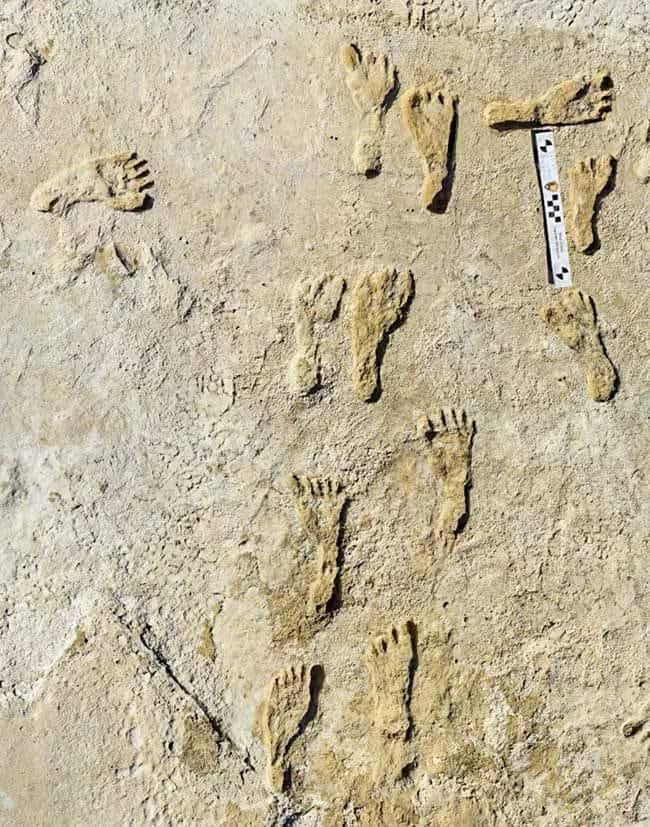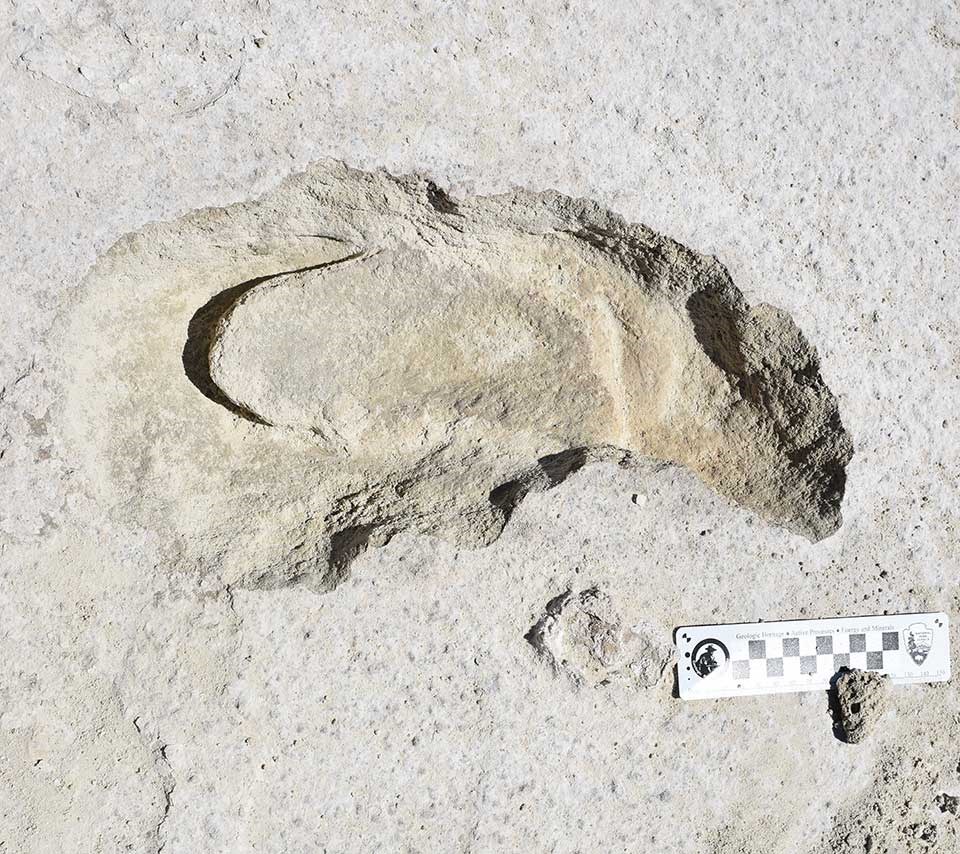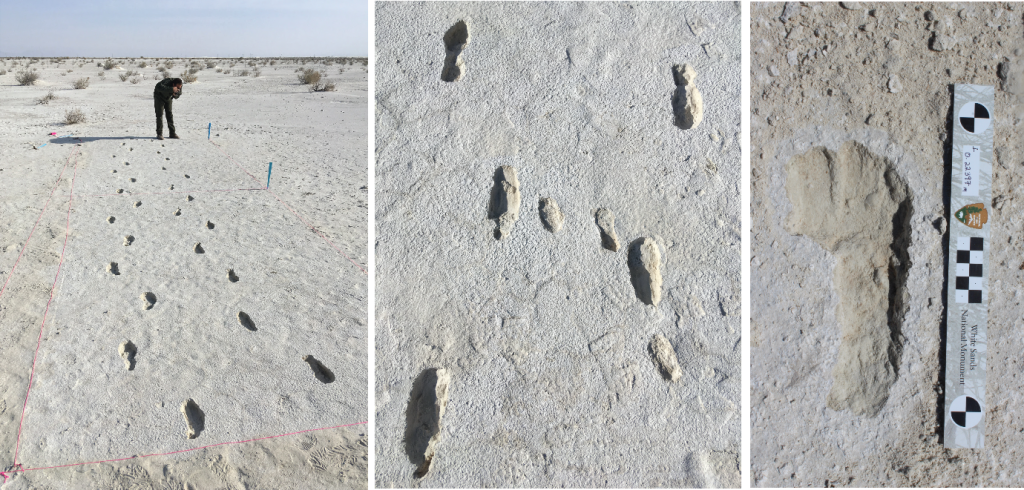A multidisciplinary team of scientists has recently made a groundbreaking discovery of fossilized footprints. It has turned back the clock of human arrival in the Americas by nearly 10,000 years. The discovery of the oldest human footprints in North America has been made in what is now White Sands National Park in south-central New Mexico. These fossilized prints were made between 23,000 and 21,000 years ago along the shores of an ice age lake that once filled the Tularosa Basin.
Brief Overview of the Fossilized Footprints

The discovery of the fossilized footprints has been hailed as a groundbreaking discovery in the field of anthropology and archeology. The team of scientists that made the discovery comprised experts from various fields, including archeology, geology, and anthropology. This multidisciplinary approach has been instrumental in understanding the historical significance of this discovery.
White Sands National Park, where the footprints were found, is located in the Tularosa Basin in south-central New Mexico. It is a beautiful landscape of white sand dunes that has been attracting visitors for years. The park is also home to various forms of wildlife, including lizards, snakes, and mammals.
The Discovery of the Footprints

The footprints were discovered by sheer luck. According to the scientists, a park ranger had noticed a set of unusual depressions in the ground while on patrol. The ranger thought it was a recent disturbance and reported it to the authorities. Upon further investigation, it was discovered that the depressions were actually footprints. The scientists were amazed by the discovery and could hardly contain their excitement.
The footprints were formed when ancient peoples walked over damp, sandy ground surrounding the former lake. Over time, sediment filled in the footprints as the ground hardened fossilizing the prints. Recently, erosion has resurfaced the prints, making many of them visible to the naked eye. By testing the sediment, researchers were able to carbon date the prints, with the oldest set being 22,800 years old.
The footprints were made by at least two individuals, one adult male and one adolescent male. The prints were made when the ground was damp and were well-preserved due to the arid climate of the area.
Implications of the Discovery
The discovery of the footprints fundamentally changes the timeline of human habitation in North America. Previously, it was believed that the first humans arrived in North America about 13,000 years ago. The discovery of the footprints pushes back the timeline of human arrival by nearly 10,000 years.
The footprints were made during the height of the last ice age when much of North America was covered in ice. The area where the footprints were found was thought to be uninhabitable during this time. The discovery of the footprints has sparked a new debate about the origin of the ancient peoples who made them. Some scientists believe that the people who made the footprints were of Asian descent and crossed over the Bering land bridge, while others believe that they may have arrived by boat.
The impact of the discovery on the scientific community has been enormous. It has opened up new avenues of research and has provided new insights into the history of human habitation in North America.



